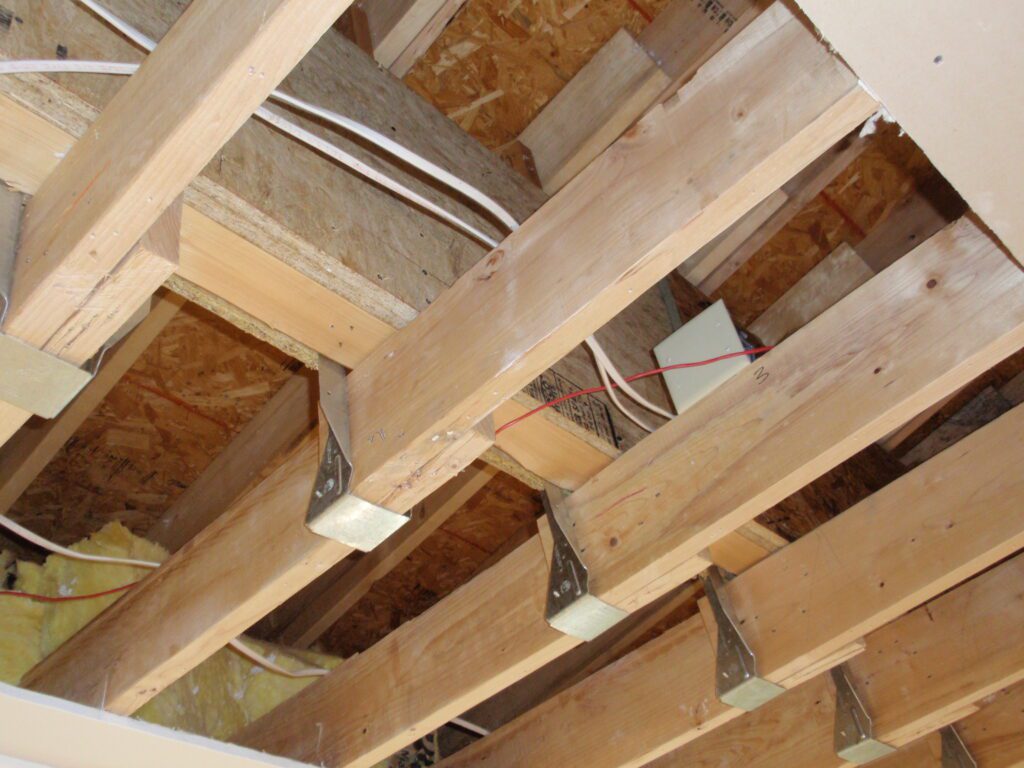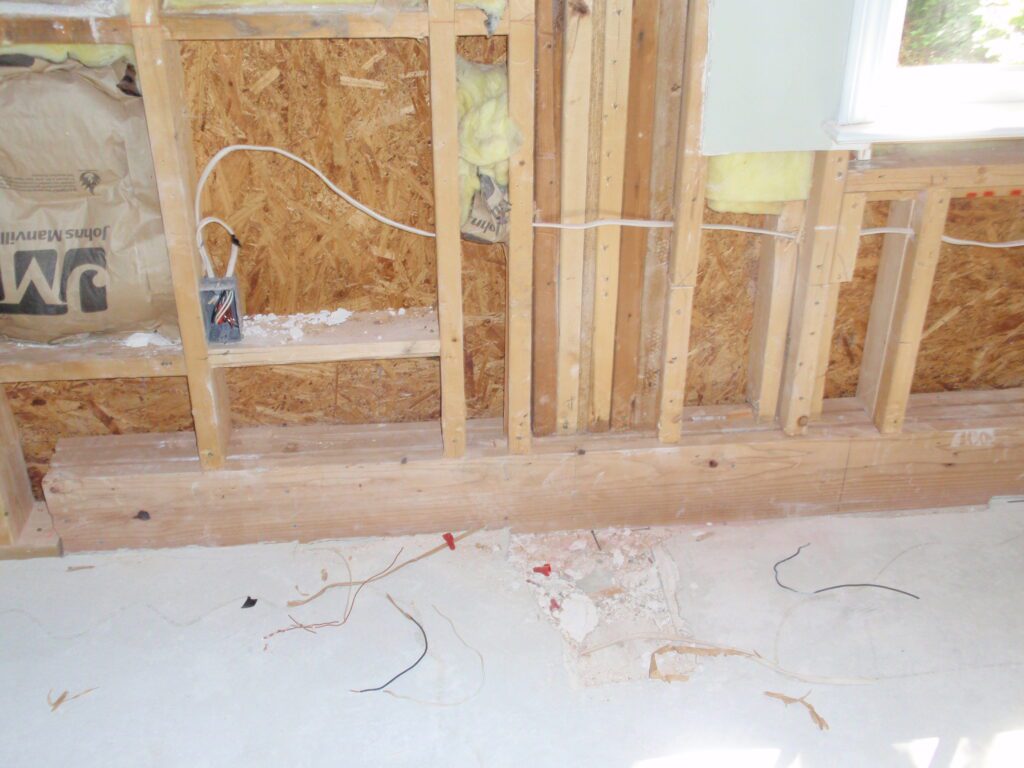Wood framing is a common system, most often in the US used for residential construction. It also is a useful material for multi-family and commercial buildings. The advantage of wood is that it is a durable material, easy to work with, and provides significant resistance to earthquakes and storms due to its flexibility. These qualities make it a frequent choice in structural engineering for low- to mid-rise buildings.
It is also a sustainable material since most timber used in construction is cultivated like a crop, making it a renewable resource. During the life cycle of the trees grown for timber, they provide valuable forest cover for the land and habitat for wildlife.
Our experience in a wood design originally was in residential in high-end homes, and over time we migrated to the design of commercial buildings and multi-family buildings made from timber. As structural engineers, we’ve developed a deep understanding of wood behavior, load paths, and connection detailing required for complex timber structures.
Many of the buildings we designed were architecturally complex and required a lot of coordination with the contractors. Our structural engineering team frequently collaborates with architects and builders to ensure that the design intent is met without compromising structural integrity.
We do find that a significant drawback in wood construction in this area of the country is the lack of ability of the contractors erecting it.
On many of our more complex jobs, we spent significant amounts of time on the job sites explaining to framing contractors what was needed as far as tie-downs, straps, and other custom design items needed for wind resistance.
If you are engaging in building a more difficult timber building, such as with large windows, multi-story construction, or modern type architecture, it is essential to work with an engineering firm that can work with the framing contractor to get the structure appropriately built.
Send Us a Message
Reach out to us today to discuss your wood framed structure











